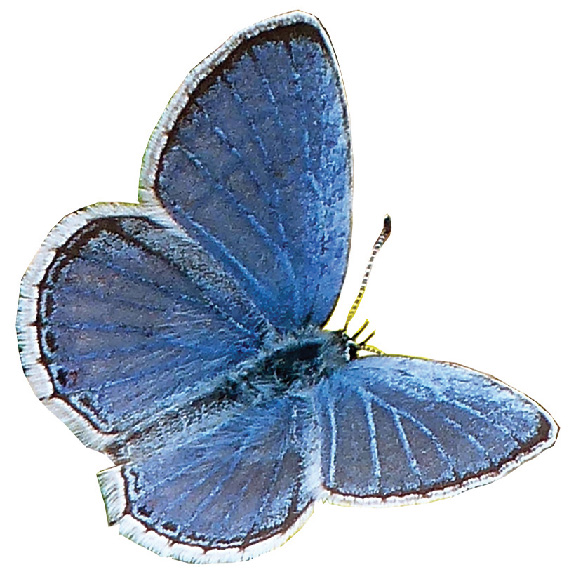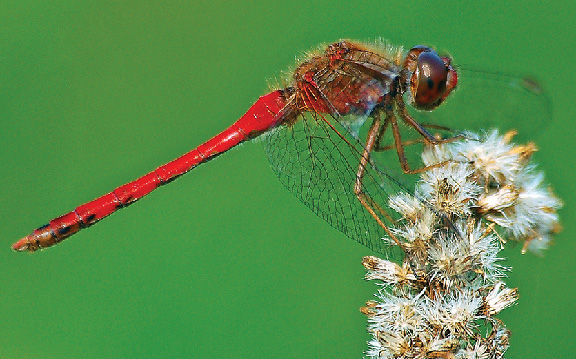European or “Praying” mantis (Mantis religiosa) has been the official state insect of Connecticut since October 1, 1977. The praying mantis is not native to Connecticut, however, as it comes from Northern Africa and Southern Europe.
It was introduced in the United States in the 1890s as a way to control pests in the garden and is even kept as a pet. Unfortunately, this mantid also feeds on a large number of beneficial pollinators and other native insects, including caterpillars, moths and butterflies. It can consume prey up to twice its size.
I have not been a fan of them since I was a teenager and stumbled across a description of their mating habits while reading Aldous Huxley’s Island. The females are larger and stronger than the males and engage in sexual cannibalism … they eat their mates.
I was even more shocked to learn later in life that they can catch and eat hummingbirds!
So, when I heard that students from two schools are trying to replace it as our official state insect, I didn’t need any persuading.

The Watkinson School in Hartford has suggested the Spring Azure butterfly (Celastrina ladon) and the Center Road Elementary School in Vernon has suggested the Autumn Meadowhawk Dragonfly (Sympetrum vicinum), both of which are native to Connecticut.

Autumn Meadowhawk Dragonfly (Sympetrum vicinum)
They’re both good suggestions. A Solomon-like compromise that has been suggested would be to make the Spring Azure the state butterfly and the Autumn Meadowhawk Dragonfly the state insect. That’s a great idea!
Public Bill 24-121, passed Oct. 1, 2024, established a working group to study redesignating the state insect. The group shall submit a report on its findings and recommendations to a joint standing committee of the General Assembly by Feb. 15, 2025.
– Will Rowlands

